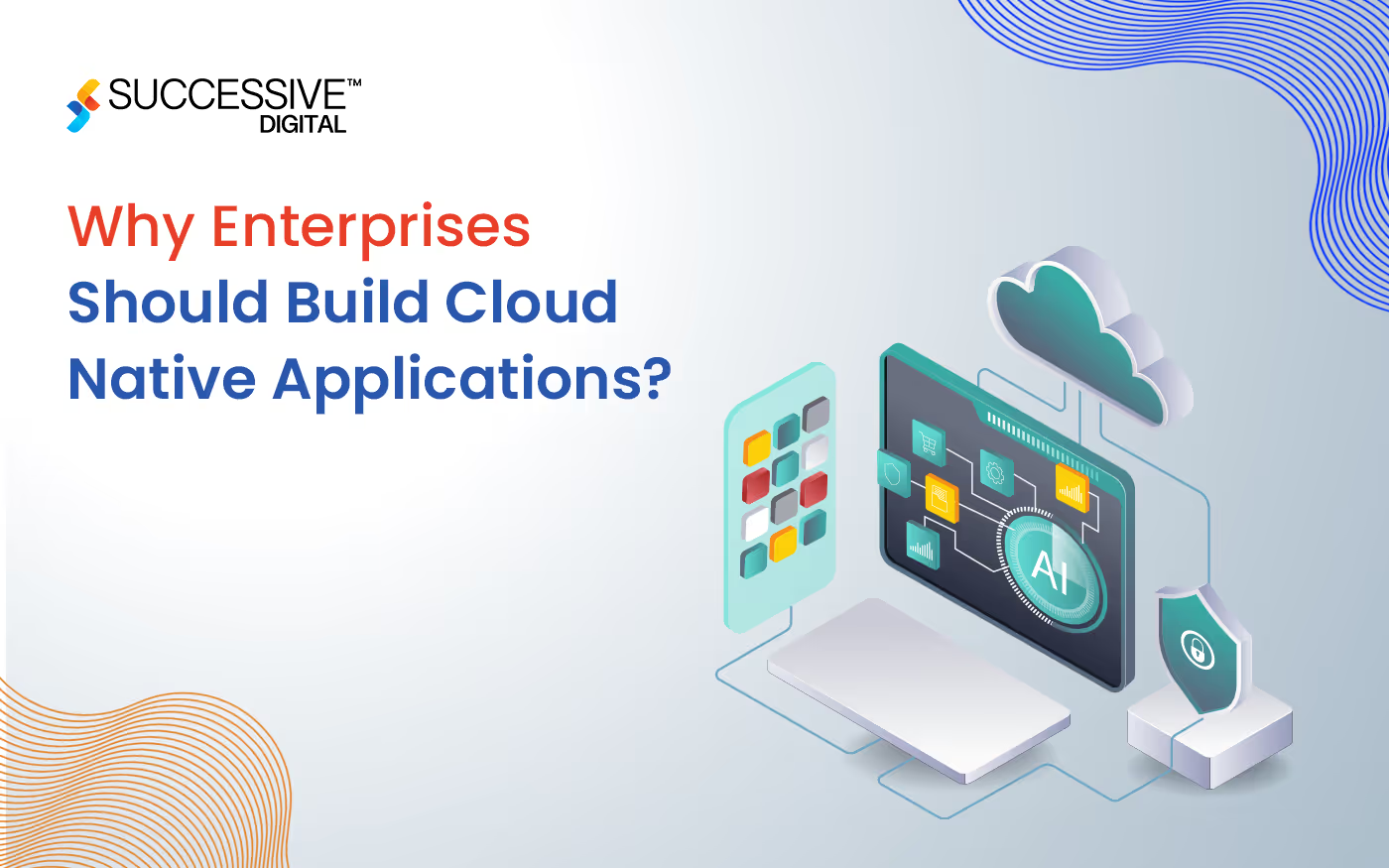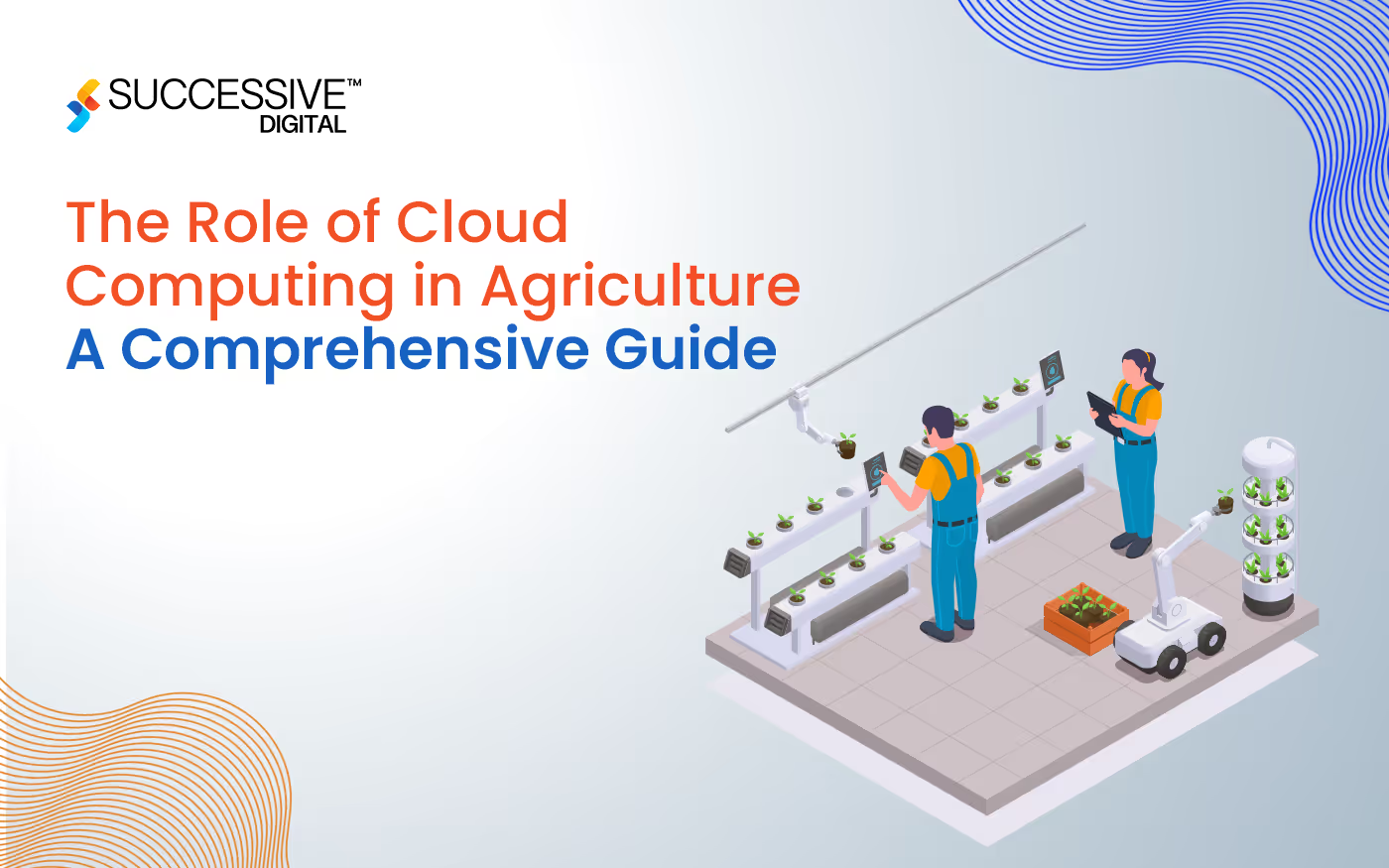Organizations seek solutions for accelerated growth and better scalability in today's competitive and fast-paced business environment. Cloud-native applications ensure agility, speed, and resiliency in operations, which are the current business requirements. Consequently, shifting on-premise organizational operations to the cloud in order to gain the benefits of cloud-native is no longer a choice but a necessity for performance-optimized, scalable applications. In current times, customer experience has a significant impact on business strategy. Even how fast an application loads can make or break your business. Only 26% of mobile internet users are willing to wait more than 5 seconds for a website on their mobile device to load. Rapid iterations and timely updates help maintain optimal performance, ensure that your applications can scale efficiently, and meet the growing demands of users. Hence, it is essential to adopt cloud-native technologies with modern tools and a behavior-driven approach designed, developed, and optimized for cloud infrastructure.Industry giants and well-known applications like Netflix, Pinterest, and Uber thrive on technological disruption through cloud-native capabilities. Every large-scale business is switching to the cloud or planning to do so. Are you wondering why cloud-native applications are the right approach for your business? With cloud-native application development services, you can also transform your business, simplifying the deployment and integration of distributed applications.
Understanding the Cloud-native Applications and its Architecture
With a collaborative approach, cloud-native applications are designed to be built, run, and improved using cloud-computing technologies and techniques from the initial stage. As a result, these applications ensure better resiliency, manageability, and observability than other technologies.Consisting of multiple small, loosely coupled services, called microservices, cloud-native applications are more agile due to their ability to function independently and efficiently utilize computing resources. Additionally, they can run in various environments, including public, private, and hybrid clouds.Cloud-native applications are constituted with some technological blocks of cloud-native architecture, such as:
- Immutable infrastructure: One of the cloud-native best practices is that the servers hosting these applications remain unchanged after deployment.
- Microservices: Small, independent software components that collectively perform as complete cloud-native applications.
- API: Method for two or more software programs to exchange information.
- Service mesh: A software layer in the cloud infrastructure responsible for managing communication between multiple microservices.
- Containers: The smallest compute unit in cloud-native applications that pack the microservice code, enabling applications to run independently of the underlying operating system and hardware.
Want to know how you can effectively utilize cloud computing technologies for your business? Read our comprehensive cloud-native application development guide including everything from modern, dynamic environments to new processes and technologies.

Leveraging the Key Benefits of Cloud Native Applications
Scalability
With your growing business, you will need to support more users across different platforms and devices while maintaining a positive customer and employee experience. To help you keep pace with this growth, you will need the scalability, resiliency, and flexibility of cloud-native applications. Cloud-native applications allow applications to handle varying workloads without manual intervention since they can automatically scale up or down based on demand. Moreover, they can easily be deployed across multiple regions, providing a global presence with minimal latency.
Resilience and Reliability
Cloud-native applications can manage hardware or software failures without affecting the application's availability. They ensure if one component fails, others continue functioning. One of the critical benefits of cloud-native applications is that they can minimize downtime and ensure continuous availability even during updates or maintenance by leveraging microservices and containerization. Hence, built with the ability to withstand failures, these applications are known to be resilient and reliable.
Cost Efficiency
What is an advantage of cloud-native technology that is primary for enterprises? With cloud-native applications, you get to optimize resources through pay-as-you-go pricing models. For example, you only pay extra during seasonal traffic spikes without the need to provision idle resources for the rest of the year.This significantly reduces waste and improves cost efficiency. Moreover, businesses save on hardware, maintenance, and operational costs as cloud providers manage the infrastructure.
Faster Time to Market
Cloud-native apps benefit from CI/CD pipelines that automate testing and deployment, which leads to the following benefits:
- Shared code base
- Fewer errors
- Faster release cycles
- Quick updates and feature releases
- Keeping pace with market changes
- Automatic assessment of code quality
- Reduce risk when making changes
Improved Security
Cloud-native applications are integrated with robust security features, such as:
- Encryption
- Access controls
- Network security
- Threat detection
With cloud service providers, you can get better data protection and reduce the risk of vulnerabilities with regular security patches and updates.
Enhanced Collaboration
Since a cloud-native environment promotes a DevOps culture, it allows development and operations teams to collaborate more effectively. The unified cloud-based development environment promised faster and more reliable deployments, streamlining collaboration and reducing friction in the development process.
Flexibility and Portability
One of the best benefits of cloud-native applications is that they can be deployed on any cloud platform or infrastructure. Similarly, it can easily ported from one cloud provider to another, providing flexibility and avoiding vendor lock-in. Moreover, cloud-native applications are containerized, which makes them portable across different environments, such as:
- On-premises
- Public Cloud
- Hybrid Cloud
Innovation and Future-proofing
With higher flexibility, cloud-native applications are easy to integrate with intelligent and modem technologies like AI, machine learning, and IoT, helping organizations drive innovative solutions. Moreover, the architecture of cloud-native applications allows for easy adaptation to new tools, frameworks, and technologies, ensuring long-term relevance.
Better Customer Experience
As mentioned above, the inherent cloud-native benefits are scalability and resilience. Thus, they lead to faster and more reliable services, enhancing user satisfaction. Moreover, they are designed to deal with the current data influx that is more transient than permanent, enabling various cloud-native best practices, such as:
- Real-time data analysis
- Detecting performance issues
- Easy troubleshoot
- Analyze customer behavior
Hence, cloud-native apps can leverage cloud-based analytics and machine learning to deliver personalized experiences to users.
Prepare Your Business for the Future with Cloud-Native App Development Services
For a successful cloud-native application development, you need to implement a change management strategy and roadmap in place. This will help you overcome delays, overrun budgets, and avoid frustruation down the line. Moreover, you will have to provide appropriate training to support your teams while crafting a cloud-native strategy. Therefore, you will need to hire an experienced cloud consultant company to build a cross-functional team that connects technology and industry experts in a way that makes new applications both technically sound and aligned with solving real business problems.In our ever-changing world, businesses that adopt a cloud-native approach will be able to implement cloud-native best practices and leverage this long-term cost-saving opportunity.
.avif)










.jpg)









